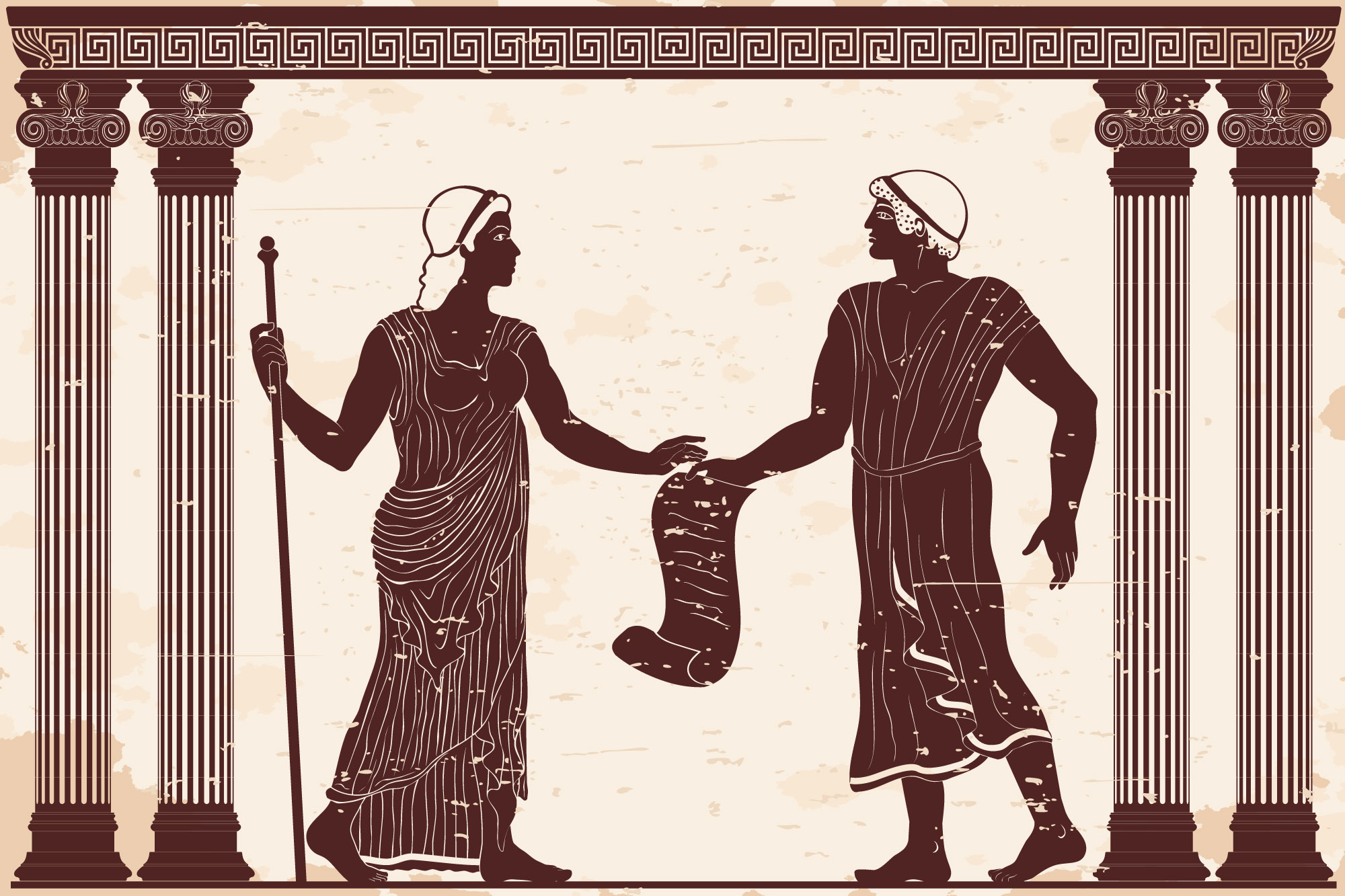
Understanding the Middlegame
The middlegame is the phase of the chess game that starts after the opening. The lines between the opening and middlegame are often blurred, as middlegame plans can depend heavily on the chosen opening. The middlegame is usually the longest phase of a chess game and is where the bulk of the action happens.
Key Principles of Middlegame Strategy
While the middlegame offers nearly limitless possibilities, there are some guiding principles that can help you develop an effective strategy:
Pawn Structure: Understanding the pawn structures that arise from your opening choice is critical. The pawn structure often determines which pieces are good or bad, where to launch an attack, and where your pieces should be placed.
Piece Activity: Your pieces need to be doing something productive. Knights should be positioned on strong squares, bishops should be targeting weaknesses, rooks should be on open or semi-open files, and the queen should be kept safe but ready to spring into action.
King Safety: Even though you’ve hopefully castled in the opening, your king’s safety should always be a consideration. Be careful about advancing the pawns that protect your king, and keep a watchful eye on potential enemy threats.
Weaknesses: Look for weaknesses in your opponent’s position and think about how you can target them. Weaknesses can be undefended or under-defended pieces, exposed kings, weak squares, or backward, isolated, or doubled pawns.
Coordination of Pieces: Try to make your pieces work together in harmony. They should protect each other and create threats together. The coordination of pieces often leads to a successful attack.
Tactics and Calculation: Chess middlegame is full of tactical possibilities. Make sure to constantly check for tactical shots for both you and your opponent. These can be forks, pins, skewers, discovered attacks, and more.
Building a Plan
One of the essential skills in the middlegame is being able to formulate a plan based on the factors mentioned above. Ask yourself questions like: Which pieces are doing well? Which aren’t? Where are the weaknesses in my opponent’s position? Is my king safe? What pawn breaks are available? The answers to these questions can help you develop a plan.
Endgame Considerations
While we haven’t yet discussed the endgame, it’s important to start considering the endgame in the middlegame. Which pieces would you ideally want to keep on the board? Where should your king be in the endgame? If pawns are traded, will you be left with weaknesses?
Mastering the middlegame is a broad task and will come with time and practice. However, understanding the key principles discussed in this chapter will give you a solid foundation. In the next chapter, we’ll move on to the final stage of the chess game: the endgame. Until then, keep practicing and enjoying the game. Your journey to chess mastery continues!








